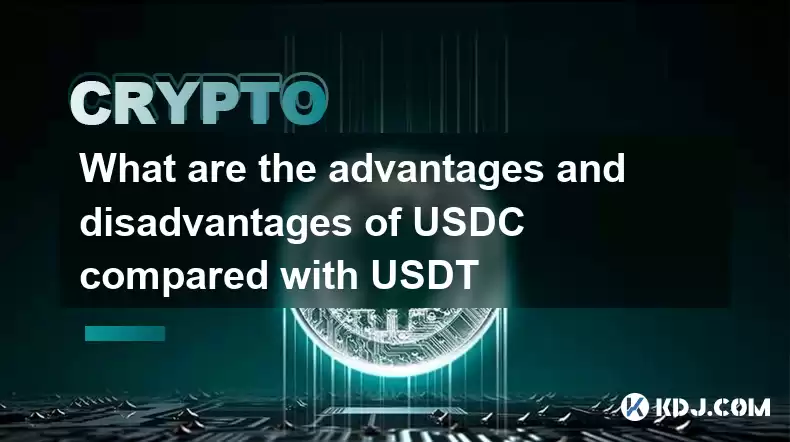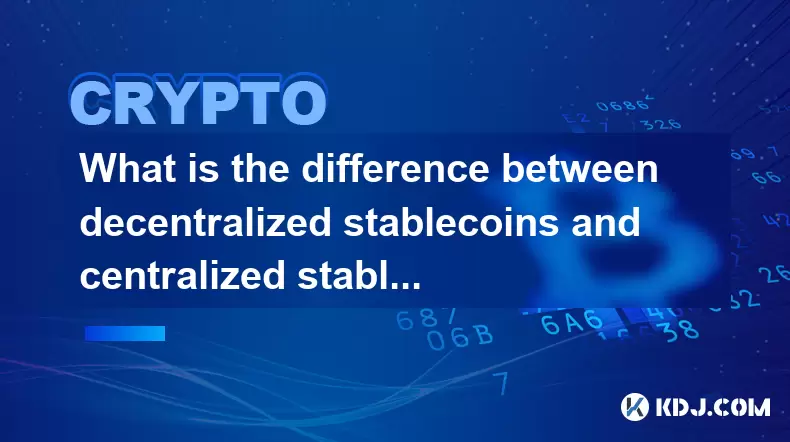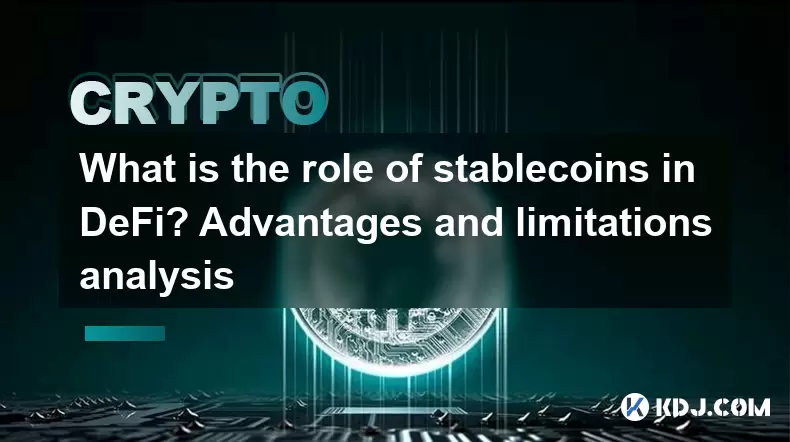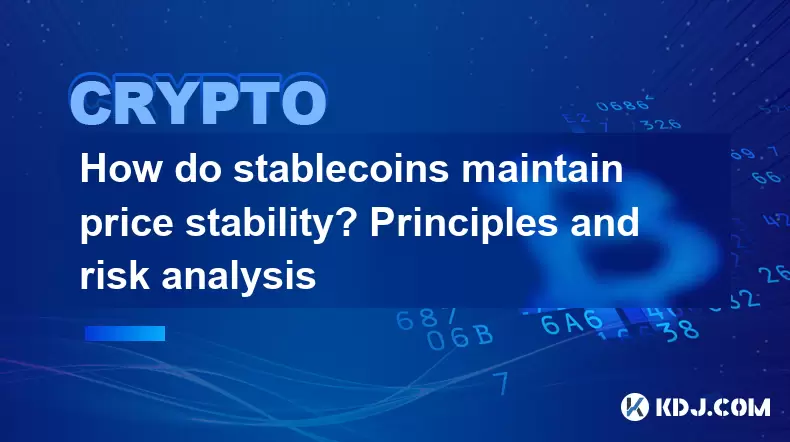-
 Bitcoin
Bitcoin $117900
0.31% -
 Ethereum
Ethereum $3766
0.28% -
 XRP
XRP $3.176
-0.31% -
 Tether USDt
Tether USDt $1.000
0.00% -
 BNB
BNB $795.6
1.51% -
 Solana
Solana $186.8
-1.09% -
 USDC
USDC $0.9999
-0.01% -
 Dogecoin
Dogecoin $0.2353
-1.33% -
 TRON
TRON $0.3226
1.49% -
 Cardano
Cardano $0.8172
-1.08% -
 Sui
Sui $4.178
3.06% -
 Hyperliquid
Hyperliquid $43.05
-3.39% -
 Stellar
Stellar $0.4367
-0.57% -
 Chainlink
Chainlink $18.62
1.47% -
 Hedera
Hedera $0.2828
6.63% -
 Bitcoin Cash
Bitcoin Cash $584.7
5.65% -
 Avalanche
Avalanche $24.81
2.53% -
 Litecoin
Litecoin $112.8
-0.88% -
 UNUS SED LEO
UNUS SED LEO $8.975
-0.08% -
 Shiba Inu
Shiba Inu $0.00001395
-1.07% -
 Toncoin
Toncoin $3.285
-1.05% -
 Ethena USDe
Ethena USDe $1.001
0.01% -
 Polkadot
Polkadot $4.123
0.76% -
 Uniswap
Uniswap $10.49
-0.18% -
 Monero
Monero $326.5
0.14% -
 Dai
Dai $0.9999
-0.02% -
 Bitget Token
Bitget Token $4.576
0.34% -
 Pepe
Pepe $0.00001247
-1.55% -
 Cronos
Cronos $0.1400
3.77% -
 Aave
Aave $295.1
-0.73%
What are the advantages and disadvantages of USDC compared with USDT
USDC boasts greater transparency and US regulation, offering potentially higher legal certainty than USDT, which enjoys higher liquidity due to its larger market cap, though its transparency and regulatory landscape are less clear.
Mar 09, 2025 at 10:02 am

Key Points:
Stability: Both USDC and USDT aim for a 1:1 peg with the US dollar, but their stability mechanisms and track records differ, leading to varying degrees of trust and volatility.
Transparency and Audits: USDC generally boasts greater transparency regarding its reserves and undergoes regular audits, while USDT's history has been marked by controversies and less frequent, comprehensive audits.
Regulation and Compliance: USDC is subject to stricter US regulations, potentially offering more legal certainty, whereas USDT's regulatory landscape is more complex and varies by jurisdiction.
Adoption and Liquidity: Both are widely adopted, but USDT enjoys a larger market capitalization and trading volume, leading to potentially greater liquidity in some exchanges.
Fees and Transaction Costs: Fees associated with using USDC and USDT can vary depending on the platform, but generally are comparable.
What are the advantages and disadvantages of USDC compared with USDT?
The cryptocurrency market offers a range of stablecoins, aiming to provide price stability pegged to fiat currencies like the US dollar. Two prominent contenders are USD Coin (USDC) and Tether (USDT). While both strive for a 1:1 USD peg, significant differences exist in their operational transparency, regulatory oversight, and market presence. Understanding these nuances is crucial for investors seeking to minimize risk.
Stability and Volatility:
Both USDC and USDT aim for a stable 1:1 peg with the US dollar. However, their historical performance and the mechanisms ensuring this peg differ. USDT has experienced periods of de-pegging, sparking concerns about its stability. USDC, while not immune to minor fluctuations, has generally maintained a tighter peg to the dollar, bolstering confidence among some users. The perceived stability directly impacts investor trust and willingness to use the stablecoin.
Transparency and Audits:
A key differentiator lies in transparency. USDC publishes regular attestations from reputable accounting firms, detailing the composition of its reserves. These audits provide a degree of assurance regarding the backing of USDC. USDT’s auditing history has been more controversial, with past controversies leading to questions about the transparency and reliability of its reserves. The frequency and comprehensiveness of audits significantly impact investor confidence.
Regulation and Compliance:
USDC operates under a stricter regulatory framework within the United States. This heightened scrutiny might provide investors with greater legal certainty and protection compared to USDT, which operates in a more complex and less clearly defined regulatory landscape across different jurisdictions. The regulatory environment significantly impacts the legal risks associated with holding and using each stablecoin.
Adoption and Liquidity:
USDT currently boasts a significantly larger market capitalization and trading volume than USDC. This translates to potentially greater liquidity on many cryptocurrency exchanges, making it easier to buy, sell, and trade USDT compared to USDC. However, USDC’s adoption is rapidly growing, and its liquidity is steadily increasing across various platforms. Liquidity is a crucial factor for investors seeking seamless transactions.
Fees and Transaction Costs:
Transaction fees associated with both USDC and USDT vary depending on the exchange or platform used. Generally, the fees are comparable for both stablecoins. However, differences might arise due to network congestion or specific platform policies. It's crucial to check the fee structure of the chosen platform before initiating any transaction.
Reserve Composition and Backing:
USDC's reserves are primarily composed of cash and short-term U.S. Treasury bonds, providing a more readily accessible and liquid backing. While USDT's reserve composition has been less transparent in the past, it also claims to hold a mix of assets including commercial paper, treasury bills and other short-term securities. The composition of reserves influences the potential risks and the speed with which the stablecoin can maintain its peg during times of market stress.
Security and Risk Management:
Both USDC and USDT employ security measures to protect against hacking and theft. However, the specifics of these measures are not always publicly disclosed in detail. The overall security of each stablecoin is an important consideration, particularly given the potential for significant financial losses in the event of a security breach. Evaluating the track records of each stablecoin concerning security incidents is vital.
Use Cases:
Both stablecoins are used extensively for various purposes within the cryptocurrency ecosystem. They serve as a means of storing value, facilitating quick and low-cost transactions, and acting as a bridge between fiat currencies and cryptocurrencies. They are frequently used in decentralized finance (DeFi) applications, facilitating lending, borrowing, and yield farming activities. The specific applications of each stablecoin might vary depending on the platform and its integration with different protocols.
Customer Support and Resources:
Both USDC and USDT offer customer support channels, although the quality and responsiveness of these channels can vary. Investors should assess the availability and accessibility of support resources before committing significant funds. The ease of accessing help and resolving potential issues is an important aspect of user experience.
Future Outlook:
The future of both USDC and USDT depends on several factors, including regulatory developments, market adoption, and the overall stability of the cryptocurrency market. The ongoing evolution of the stablecoin landscape and the introduction of new competitors will continue to shape the competitive dynamics between these two leading stablecoins.
Frequently Asked Questions:
Q: Which stablecoin is more regulated?
A: USDC is subject to stricter US regulations, providing potentially greater legal certainty than USDT.
Q: Which stablecoin is more transparent regarding its reserves?
A: USDC generally offers greater transparency through regular audits and published attestations compared to USDT.
Q: Which stablecoin has higher liquidity?
A: USDT currently has a significantly larger market capitalization and trading volume, leading to generally higher liquidity.
Q: Are there significant differences in transaction fees?
A: Transaction fees for both USDC and USDT are generally comparable but can vary based on the platform used.
Q: Which stablecoin is safer?
A: Neither stablecoin is inherently "safer." The perceived safety depends on one's assessment of the risks associated with their respective reserve compositions, audit history, and regulatory environment.
Disclaimer:info@kdj.com
The information provided is not trading advice. kdj.com does not assume any responsibility for any investments made based on the information provided in this article. Cryptocurrencies are highly volatile and it is highly recommended that you invest with caution after thorough research!
If you believe that the content used on this website infringes your copyright, please contact us immediately (info@kdj.com) and we will delete it promptly.
- Bitcoin, Ruvi AI, and CoinMarketCap: Navigating the Future of Crypto
- 2025-07-28 02:30:12
- Dogwifhat (WIF) Eyes Bullish Breakout: Can It Breach $1.20?
- 2025-07-28 02:50:12
- Bitcoin Bounces: How the US-China Tariff Truce Impacts Crypto
- 2025-07-28 02:50:12
- Bitcoin Bull Market: Price Targets and Expert Takes
- 2025-07-28 02:30:12
- Cardano Price Rockets: ADA Jumps Past Resistance, $2 Target in Sight?
- 2025-07-28 01:30:14
- Ruvi AI: The Next Solana? Riding the AI Token Wave on CoinMarketCap
- 2025-07-28 00:50:16
Related knowledge

What is the difference between decentralized stablecoins and centralized stablecoins? Pros and cons comparison
Jun 15,2025 at 09:42am
What Are Stablecoins and Why Do They Matter?Stablecoins are a category of cryptocurrencies designed to maintain a stable value, usually pegged to an e...

What is the role of stablecoins in DeFi? Advantages and limitations analysis
Jun 14,2025 at 06:28am
Understanding Stablecoins in the DeFi EcosystemStablecoins play a pivotal role in the decentralized finance (DeFi) landscape by providing a bridge bet...

How do algorithmic stablecoins work? Potential risks and market impact
Jun 12,2025 at 02:07pm
Understanding Algorithmic StablecoinsAlgorithmic stablecoins are a type of cryptocurrency designed to maintain a stable value relative to a specific a...

How do stablecoins anchor legal currencies? Technical and economic model analysis
Jun 16,2025 at 08:43am
Understanding the Concept of StablecoinsStablecoins are a category of cryptocurrencies designed to maintain a stable value relative to a specific asse...

How do stablecoins maintain price stability? Principles and risk analysis
Jun 11,2025 at 12:01am
Understanding the Mechanisms Behind Stablecoin StabilityStablecoins are a category of cryptocurrencies designed to minimize price volatility, often pe...

What is the operating mechanism of stablecoins? In-depth exploration of its stability principle
Jun 10,2025 at 09:28pm
Understanding the Core Concept of StablecoinsStablecoins are a unique category within the cryptocurrency market, designed to address one of the most s...

What is the difference between decentralized stablecoins and centralized stablecoins? Pros and cons comparison
Jun 15,2025 at 09:42am
What Are Stablecoins and Why Do They Matter?Stablecoins are a category of cryptocurrencies designed to maintain a stable value, usually pegged to an e...

What is the role of stablecoins in DeFi? Advantages and limitations analysis
Jun 14,2025 at 06:28am
Understanding Stablecoins in the DeFi EcosystemStablecoins play a pivotal role in the decentralized finance (DeFi) landscape by providing a bridge bet...

How do algorithmic stablecoins work? Potential risks and market impact
Jun 12,2025 at 02:07pm
Understanding Algorithmic StablecoinsAlgorithmic stablecoins are a type of cryptocurrency designed to maintain a stable value relative to a specific a...

How do stablecoins anchor legal currencies? Technical and economic model analysis
Jun 16,2025 at 08:43am
Understanding the Concept of StablecoinsStablecoins are a category of cryptocurrencies designed to maintain a stable value relative to a specific asse...

How do stablecoins maintain price stability? Principles and risk analysis
Jun 11,2025 at 12:01am
Understanding the Mechanisms Behind Stablecoin StabilityStablecoins are a category of cryptocurrencies designed to minimize price volatility, often pe...

What is the operating mechanism of stablecoins? In-depth exploration of its stability principle
Jun 10,2025 at 09:28pm
Understanding the Core Concept of StablecoinsStablecoins are a unique category within the cryptocurrency market, designed to address one of the most s...
See all articles

























































































